
Every year Bastar witnesses a 75 days long extravaganza of indigenous tribal customs and celebration of nature in the heartland of Chhattisgarh. The splendid display of devotion to Danteshwari Devi, the chief deity of Bastar is performed with warmth and gaiety.
In Hindu tradition, the festival of Dussehra is linked to Lord Rama’s victory over Ravana in the North and Durga Puja marks the triumph of Goddess Durga over Mahisasura in the East. But Bastar Dussehra has no relation to the above mentioned festivals.
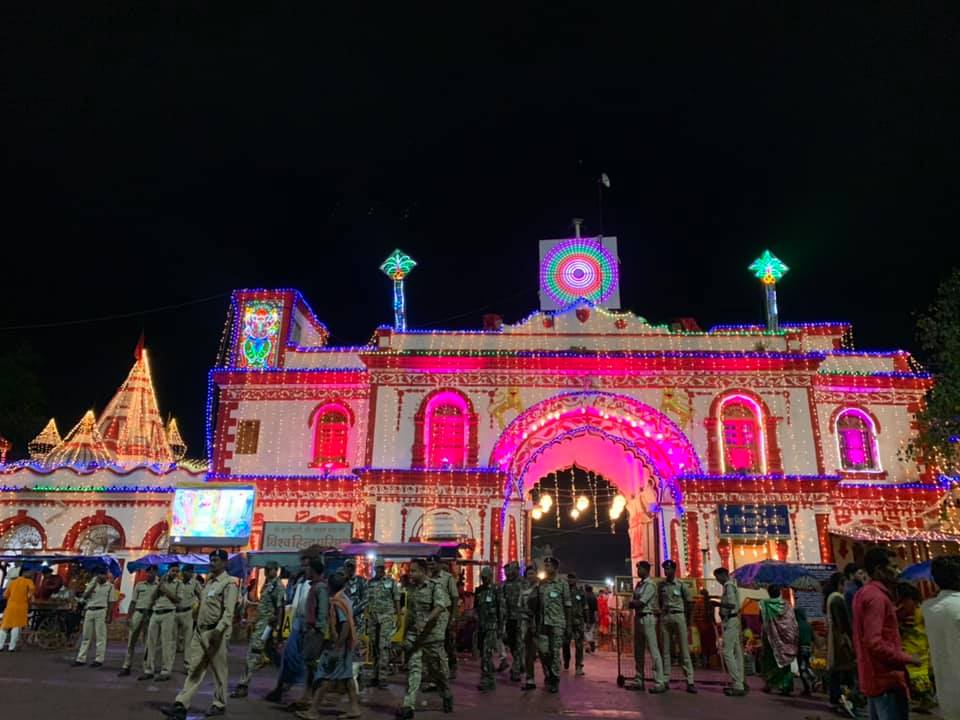
I heard about Bastar Dussehra from a fellow traveller in Arunachal Pradesh. Luzina Khan, ace photographer from Raipur told me about the festival and since then I have been intrigued. It was only after two years of trying that I was able to plan a trip to Bastar with Unexplored Bastar.
So, let me tell you all about Bastar Dussehra and why you should visit the festival this year!
Why Bastar Dussehra is celebrated?
As per legends, Goddess Danteshwari protected the king from his enemies. To honour her, every year each tribe is given a specific task for Dussehra which they complete with the blessings of ‘Anga Dev’ (local deity). Anga Dev is a representation of animist traditions and is shown in the form of a wooden palanquin.
It has also been said that Maharaja Kakatiya Purushottam Deo walked for almost a year to reach Jagannath temple in Puri. Jagannath was so happy by this gesture that he gifted a chariot to the Maharaja for his return journey. Every year that chariot takes a round of Jagdalpur during Bastar Dussehra.

When is Bastar Dussehra celebrated?
Bastar Dussehra starts in the month of August/Shravan on Amavasya night and spans till the 13th day of the full moon night in October/Ashwin. International and domestic tourists usually attend the last 10 days of Bastar Dussehra.
What happens during the festival in Jagdalpur?
Around 1400 BC, when the Bastar Dussehra started it used to be held for only 9 days and took place at Chhota Dongar [hillock area]. During those days, the main challenge was the pulling of the chariot as the downhill slope crushed many people. The venue of the festival changed many a times in the past, from Barsoor, to Tarlaguda, to Dantewada to Chhota Dongar before finally settling for Jagdalpur. The following ceremonies takes place during the 75 days long spectacle:
Pata Jatra
This marks the starting of Bastar Dussehra, a log of wood called ‘Turlu Khotla’ is worshipped at Danteshwari Devi temple on the auspious day of Haryali Amavasya. This piece of wood is kept in front of the Goddess and blessings are given to it along with other instruments and construction material used for the chariot. Animal sacrifice also takes place to invoke the blessings of the Goddess.
Kaachangudi
A young girl is chosen from the local tribal community and she is made to sit on the ‘Swing of Thorns’ to appease Danteshwari Devi. The girl then relays the wishes of the Goddess and permits the commencement of Dussehra festivities.

Navaratra Dussehra
Priests offer prayers to the Goddess and ‘Kalash Sthapna’ is done to fade off evil spirits and start the festivities on a propitious note.
Jogi Bithai
A person from the Muria tribe is assigned with the task of fasting for 9 days. The man is asked to sit in a pit for the designated days and pray to the Goddess for smooth functioning of the Bastar Dussehra.
Phool Jatra
Starting from the 2nd to 7th day of Dussehra, the Rath goes on a parikrama from Maawali Mata Temple to Jagannath Temple at Sirasaar. The opulent look of the Rath adds up to its grandeur.

Nisha Jatra
Nisha Jatra is a ritual performed by the Maharaja and the priests of Danteshwari temple come to worship the arms of the goddess Danteshwari and then twelve men of the community bring offerings in earthen pots. Followed by animal sacrifice of 11 goats to appease the Goddess.
We witnessed the gathering go into trance – high pitched drums, people carrying Anga Deo dancing to its tune, the priest in full enthusiasm to sacrifice the goats. The whole atmosphere was just surreal.
Jogi Uthaai
On Navami, at Sirasaar chowk the formalities of Jogi Uthaai takes place where a Yogi from Halda tribe breaks his 9 days fast. On the same day, the Doli [chariot] comes from Dantewada on a palanquin to Jagdalpur and is welcomed in the form of Maawali mata.
Bheetar Raini
On the occasion of Vijyadashami, the 8 wheeled chariot of Danteshwari Devi takes the predefined route round Maawali Mata Temple. During the procession, villagers from various tribes carry Anga Deo on their shoulders and go into a state of trance. The sound of drums and mahori along with influence of Mahua [local drink] fills the air with hypnotic spell and suspended animation.
On the same night, the chariot is stolen by the Bhathra tribe and is hidden at kumhadakot. The history behind stealing the rath is that the Kuruva community was fed-up with their Diwan [minister in an administration], who was evil and levied unnecessary taxes on the citizens. The Kuruvas wanted to complain about this to their King in vain as he turned a deaf ear to the pleas of his subjects.
So, to make the King listen to them the Kuruvas stole his most prized possession, his chariot to hurt his ego. When the King came to know about this, he demanded his chariot back but the Kuruvas hid it inside a forested area where Dhruva and Madia tribe had a stronghold. To avoid further conflict, the King succumbed to the demands of the tribes. The demands were simple, the tribes asked the King to sit with them and eat and listen to their petition against the Diwan. Every year after that, the King goes to bring back his chariot and it has become a tradition since then.
Baahar Raini
On Ekadashi, the chariot is brought back to the royal palace after the negotiations with the King. The king offers rice from the new harvest to the Goddess and brings back his pride to Jagdalpur. The procession is infused with high energy and a lot of dancing and singing from the tribes takes place.
Kachan Jatra
This ceremony is observed to bid farewell to Kachan Devi. During this ceremony, animal sacrifices are done and Kachan Devi is worshipped with solemn customs. Also, on the same day Muriya Durbar takes place where in the elders from all the tribes meet the King to discuss impending issues concerning the region.
Kutumb Jatra
Anga Dev from nearby villages are bid adieu and send back to their own places along with their priests. This ceremony marks the end of the grand Bastar Dussehra.
How to reach Jagdalpur?
By Road: One can reach Jagdalpur via Raipur in the north (300 kms) or from Vishakhapatnam in the east (305 kms). Also the roads from Hyderabad to Jagdalpur is in a good condition.
By Bus: There are many private buses plying from Raipur to Jadgalpur. I took an overnight AC Sleeper bus to Dandewada (Mahendra Travels) from Pandri Bus Stop in Raipur for 630 Rs. It is very comfortable and safe for solo female travellers.
There are a few govt. buses of OSRTC from Vishakhapatnam too for Jagdalpur.
By Flight: One can fly to either Raipur or Vishakhapatnam and then hire a private cab or bus for Jagdalpur. There is an airport in Jagdalpur, which was inaugurated last year but sadly there are no flights from here.
Where to stay during Bastar Dussehra?
There are many options available in Jagdalpur for accommodation. Being a small town, most hotels ranges between 500 Rs. to 2000 Rs. One of the best places to stay around Jagdalpur is Naman Bastar Resort. I would advise that you stay near the main centre in Jagdalpur as during Dussehra celebrations most of the roads are blocked and one has to walk for kilometres to see the festivities. I stayed at Hotel Parth Inn which was a budget place with basic amenities.
Anything else I should know about Bastar Dussehra?
Its advised that you hire a travel guide, I went to Bastar Dussehra with Bastar Unexplored. Its always better to have local person guiding you in Bastar, as its a political hotbed of the Naxal movement. But trust me, I didn’t face any problem travelling alone from Raipur to Jagdalpur.
I would also suggest that you carry a good pair of shoes with you [non slippery], odomos for the mosquitoes, raincoat for the unpredictable rains, always ask permission before clicking as many tribals are sensitive being photographed and keep your political views to yourself.

What else can I see or do around Jagdalpur?
The options are limitless in Bastar. I am just going to mention the things one can do around Jagdalpur as it deserves another blog post to do justice to Bastar.
- Dholkal Trek to Ganesha peak
- Memory Pillars at Gamawada
- Barsoor group of temples
- Tirathgarh waterfalls
- Chitrakoot waterfalls
- Visit the dokra artisans in Chilkuti village
- Narayanpal temple
- Saat Hara bridge between Dandewada and Abhujmad
- Tamda ghoomar waterfall
- Local market at Tokapal
- Danteswari temple







My short trip to Bastar was overwhelming to say the least, I never expected to experience so much in such a brief time. From exploring the ancient temples, to tasting local cuisine including red ants chutney, camped on the sidelines of Chitrakoot waterfalls, to witnessing animal sacrifice to photographing the tribal groups, trekked to Dholkal Ganesha Peak and of course enjoyed the Dussehra festivities to the fullest. The most thrilling part for me was the ‘Anga Dev’ dance, it was fun running behind the carriers of Anga and the fear that they will bump into you in their state of trance adds up to the whole experience. I went to Bastar to see Dussehra but came back home with a bag full of memories.






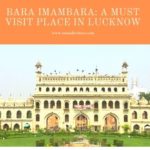


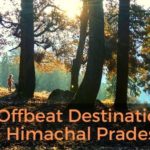

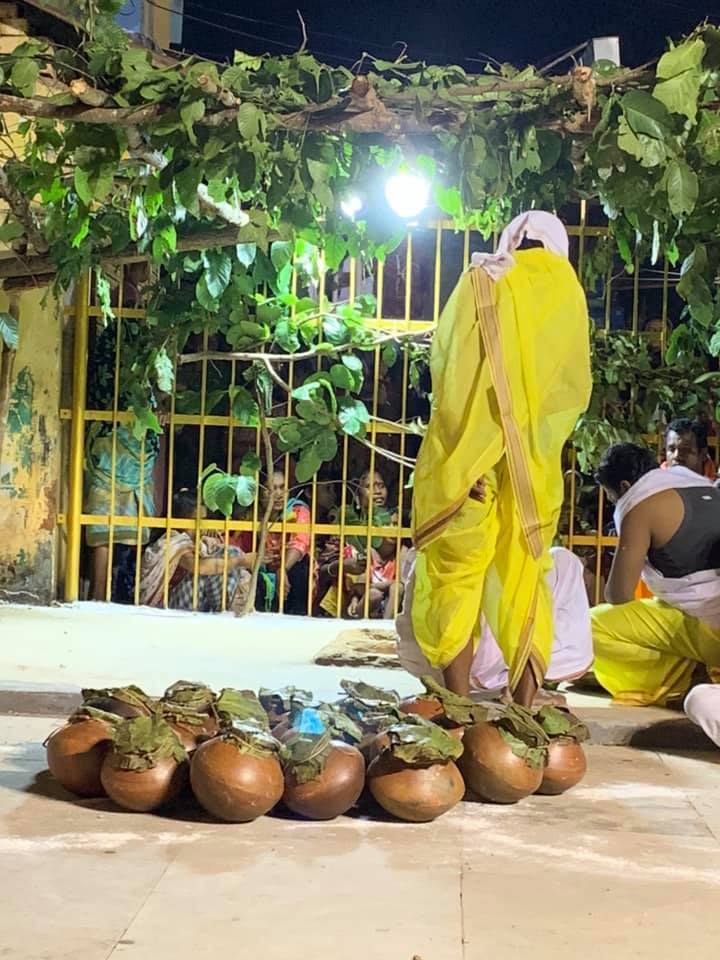
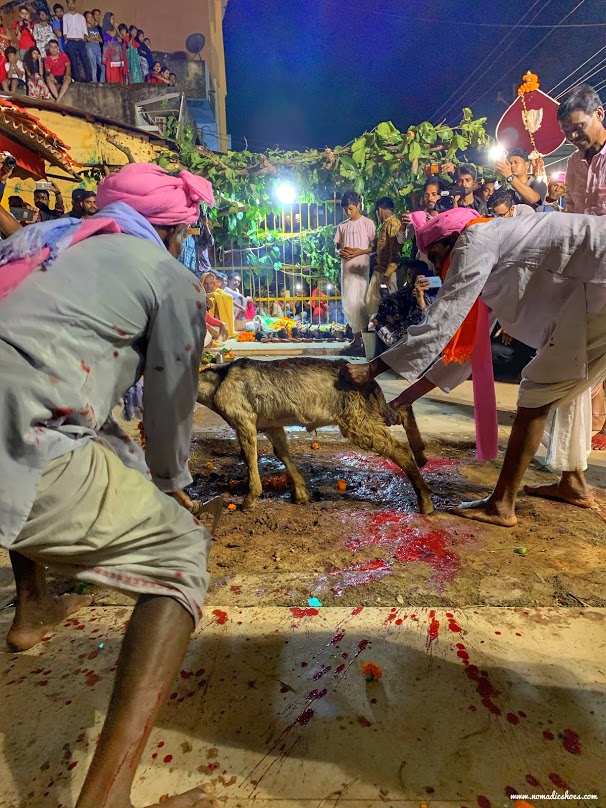
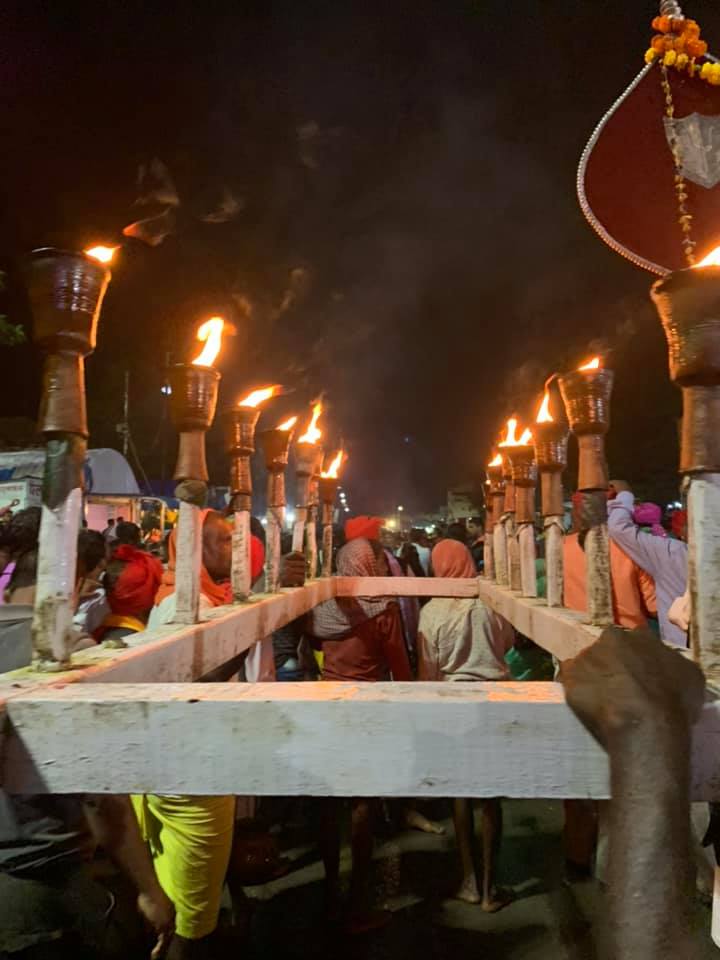
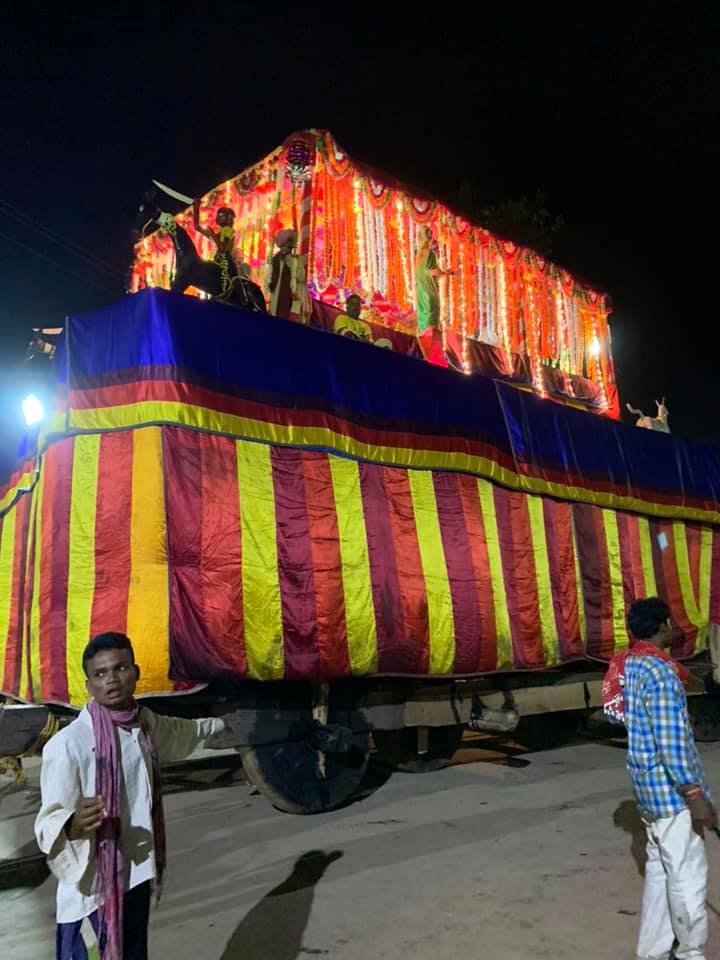
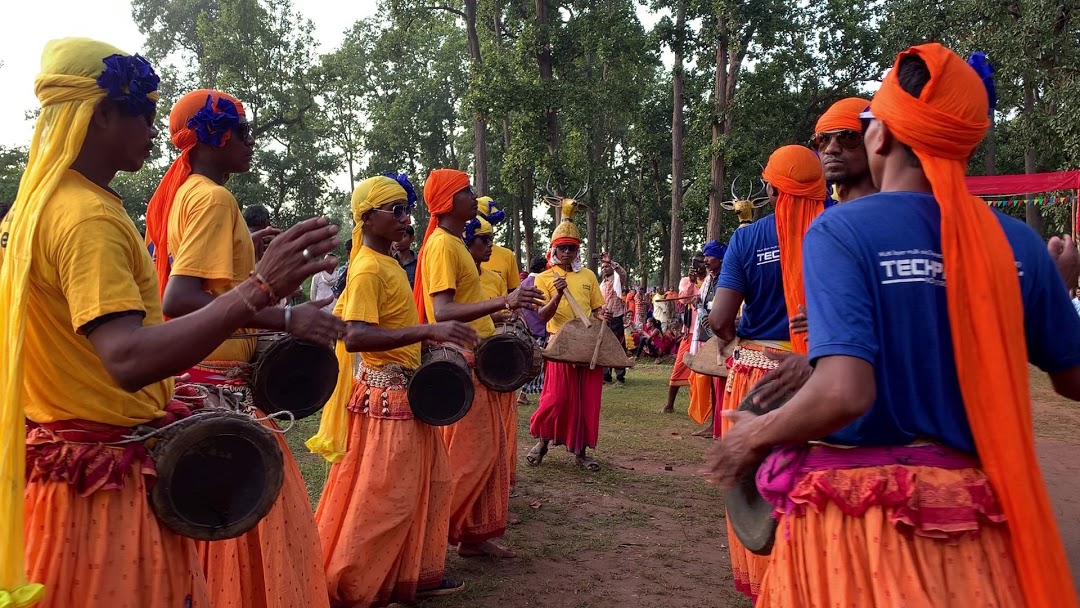
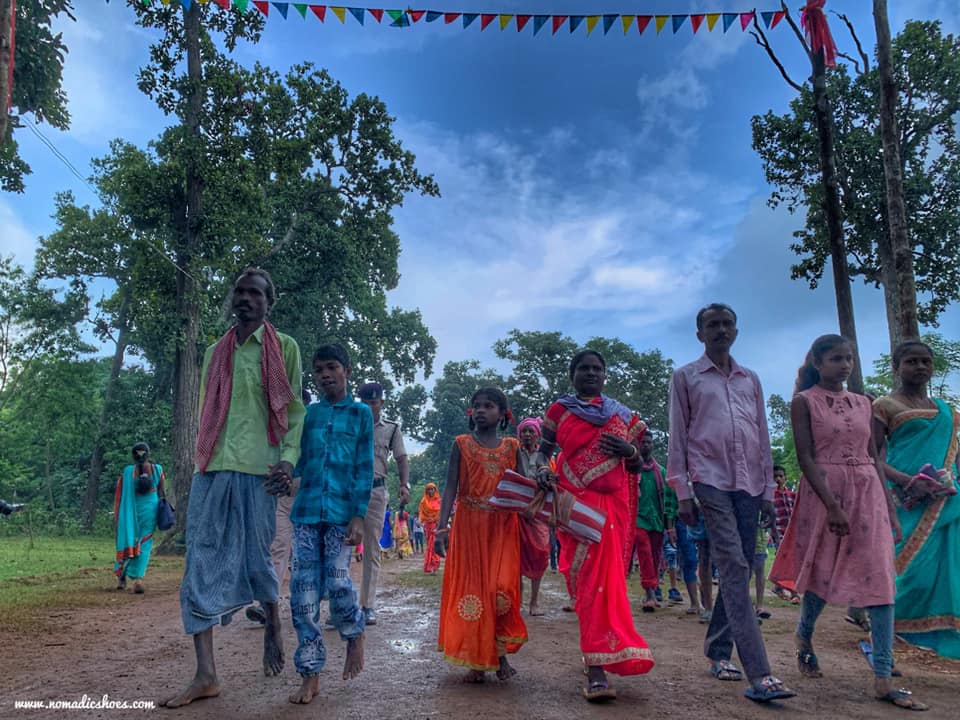
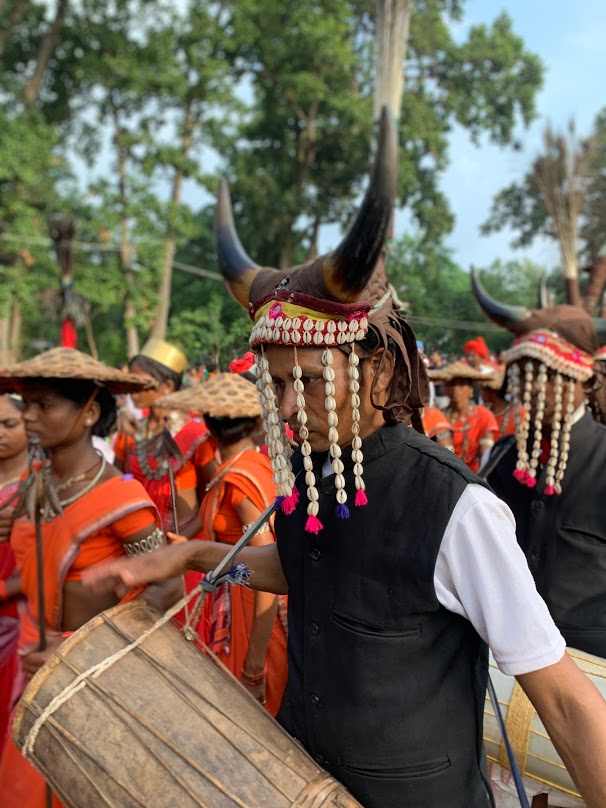
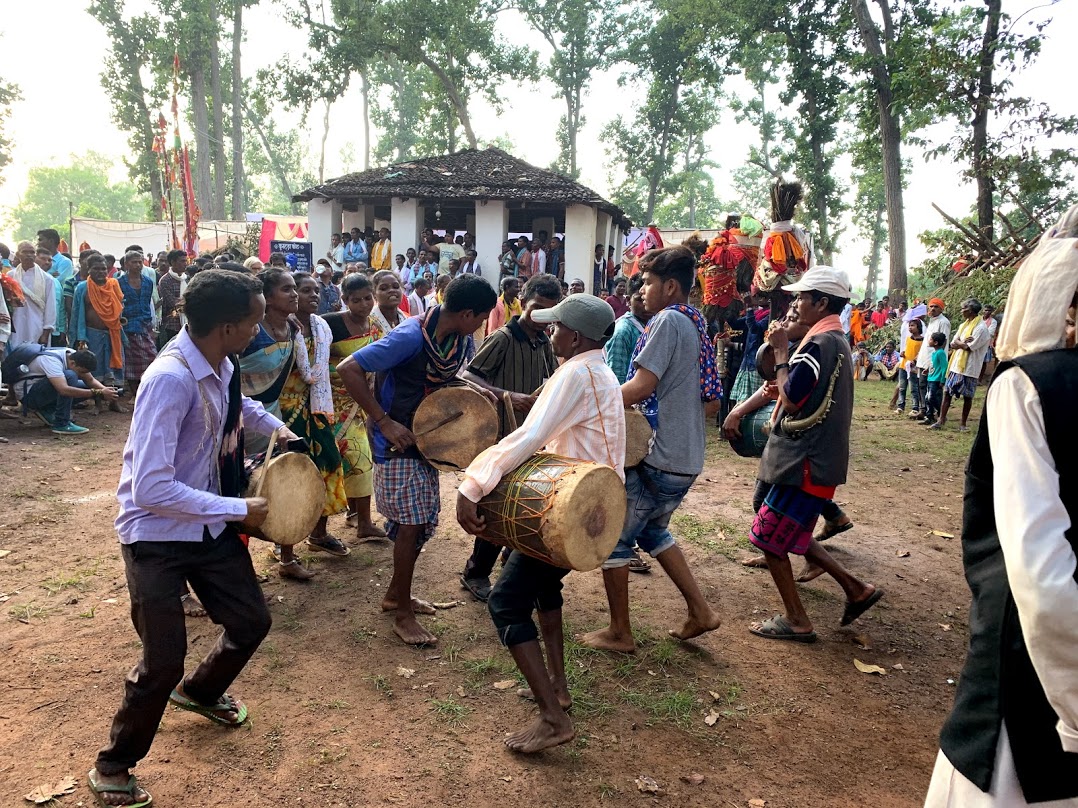


Hey! What an amazing experience! I’ve been wanting to attend the festivities. As a solo female traveller, what would you suggest are some things to be kept in mind while attending it?
Festivals in India are an explosion of colors. That is something that I look for being a travel photographer. Really hope to visit bastar dussehra one day
75 days, wow! This is my first time hearing about Bastar Dussehra and it definitely sounds like an interesting festival. I can’t imagine what it was like experiencing it first hand and it sounds like you had a lovely trip in Bastar!
Wow, this sounds like quite an event. The pictures are incredible – although the swing of thorns might give me nightmares. The waterfalls had to be so beautiful in person!
I was not aware that Dussera is such a celebrated festival in Bastar. However, some of the practices are not in line with the current scenario like young girl on thorn swing and animal sacrifice. Certainly, these are age old customs but they look out of place and should be given up for greater good.
Sounds like a very interesting cultural experience. I wouldn’t want to be the girl chosen to sit on the swing of thorns. That looks quite painful. Good to know about hiring a local guide too.
How do they choose the girl to sit on the ‘Swing of Thorns’? Also, what kind of animals are sacrificed? This is a really interesting and long event and very meaningful, too!